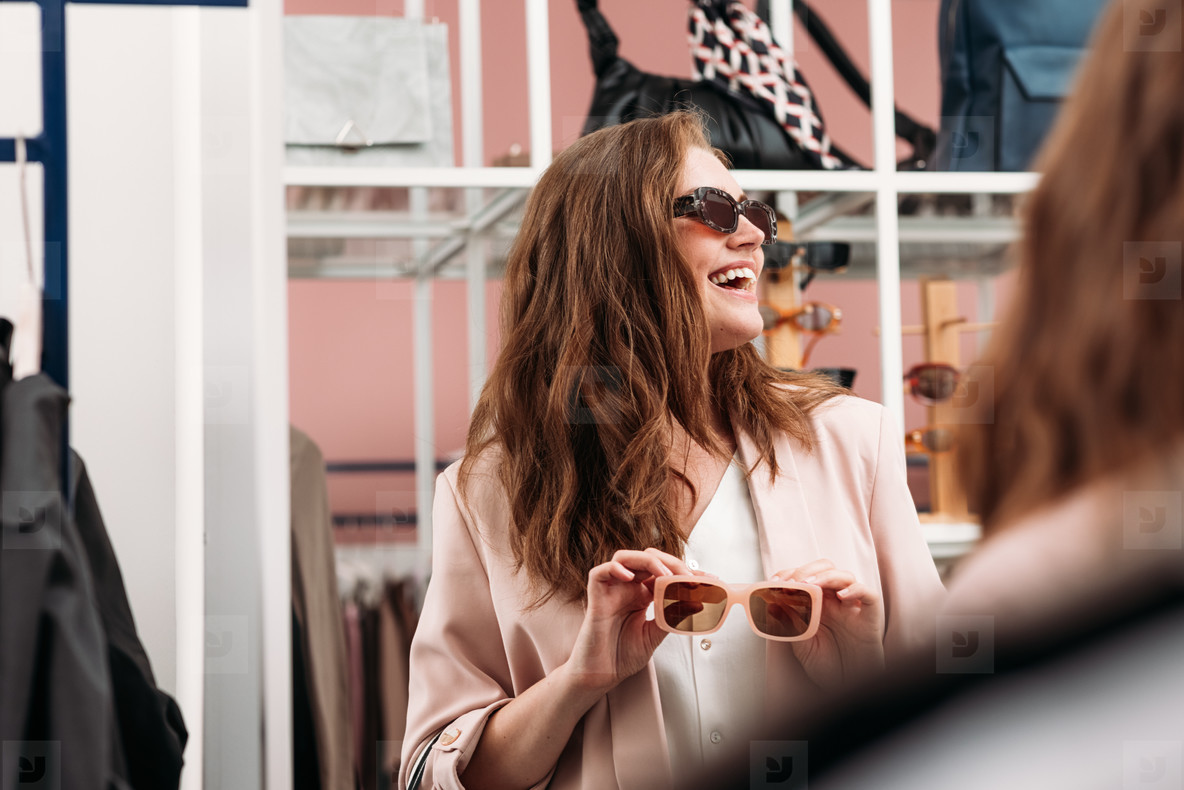Whether it's summer or winter, wearing your favourite pair of sunglasses when enjoying the great outdoors is a great way to protect your eyes and show your personal style. While you can express yourself with fashionable frames, the most important thing to consider when purchasing your sunglasses is whether it offers UV protection. It’s tempting to want to snag the hottest seasonal trends for a deal, but it’s important to consider the serious eye health problems associated with UV damage from the sun.
Know the risks
Similar to how UV radiation from the sun can be very damaging to the skin, it can be harmful to the eyes. UV damage to the eyes can result cumulatively over time or from a short period of exposure, oftentimes leading to long-term eye health conditions. These conditions include sunburn to the front of the eye (photokeratitis),2 sunburn to the back of the eye (solar retinopathy),3 cataracts,4,5 age-related macular degeneration,6 growth on the surface of eye (pterygium),7 and cancer (ocular melanoma).8 Symptoms related to UV damage to the eyes include irritation, redness, blurred vision, tearing, temporary vision loss, and even blindness in some cases.
Protect your eyes
Wearing sunglasses year round will protect your eyes from sun damage. However, it’s important to recognize not all sunglasses are created equal. Many inexpensive sunglasses scratch easily and have imperfections that cause distortions. On the other hand, a high price doesn’t always guarantee the best protection for your eyes.
Stay informed
If you’re still not sure which pair is right for you, talk to your optometrist to find the perfect sunglasses so you can enjoy the sun safely and in style. Moreover, routine eye exams are crucial in maintaining good vision, monitoring for eye health, and keeping up-to-date on the latest in UV protection.
Here are some things to consider for your next pair of sunglasses:
- Choose sunglasses that block out 99-100% of UV-A and UV-B radiation.
- Darker sunglasses do not equal more UV protection.
- Consider larger frames of sunglasses for increased coverage of eye protection.
- Inspect for imperfections, distortions, and make sure the two lenses of the sunglasses are matched in colour.
- Consider the lens colour of sunglasses: grey-tinted lenses reduce light intensity while providing the most natural colour vision, brown-tinted lenses can enhance contrast and depth perception.
- Consider polarized lenses to filter out light glare, which is helpful in high glare settings such as with driving, snow activities, and water activities.
References
- Behar-Cohen F et al. Ultraviolet damage to the eye revisited: Eye-sun protection factor (E-SPF®), a new ultraviolet protection label for eyewear. Clin Ophthamol. 2014;8:87.
- Pitts DG et al. The effects of ultraviolet on the eye. Am Ind Hyg. 1971;32(4):235-246.
- Chen KC et al. Solar retinopathy: Etiology, diagnosis and treatment. Retin Physician. 2013;10:46-50.
- Taylor HR. The biological effects of UV?B on the eye. Photochem Photobiol. 1989;50(4):489-492.
- Hollows F et al. Cataract-the ultraviolet risk factor. Lancet. 1981;318(8258):1249-1250.
- Chalam KV et al. A review: role of ultraviolet radiation in age related macular degeneration. Eye Contact Lens. 2011;37(4):225-232.
- Moran DJ et al. Pterygium and ultraviolet radiation: a positive correlation. B J Ophthalmol. 1984;68(5):343-346.
- Jovanovic P et al. Ocular melanoma: an overview of the current status. In J Clin Exp. 2013;6(7):1230.


Leave a Comment